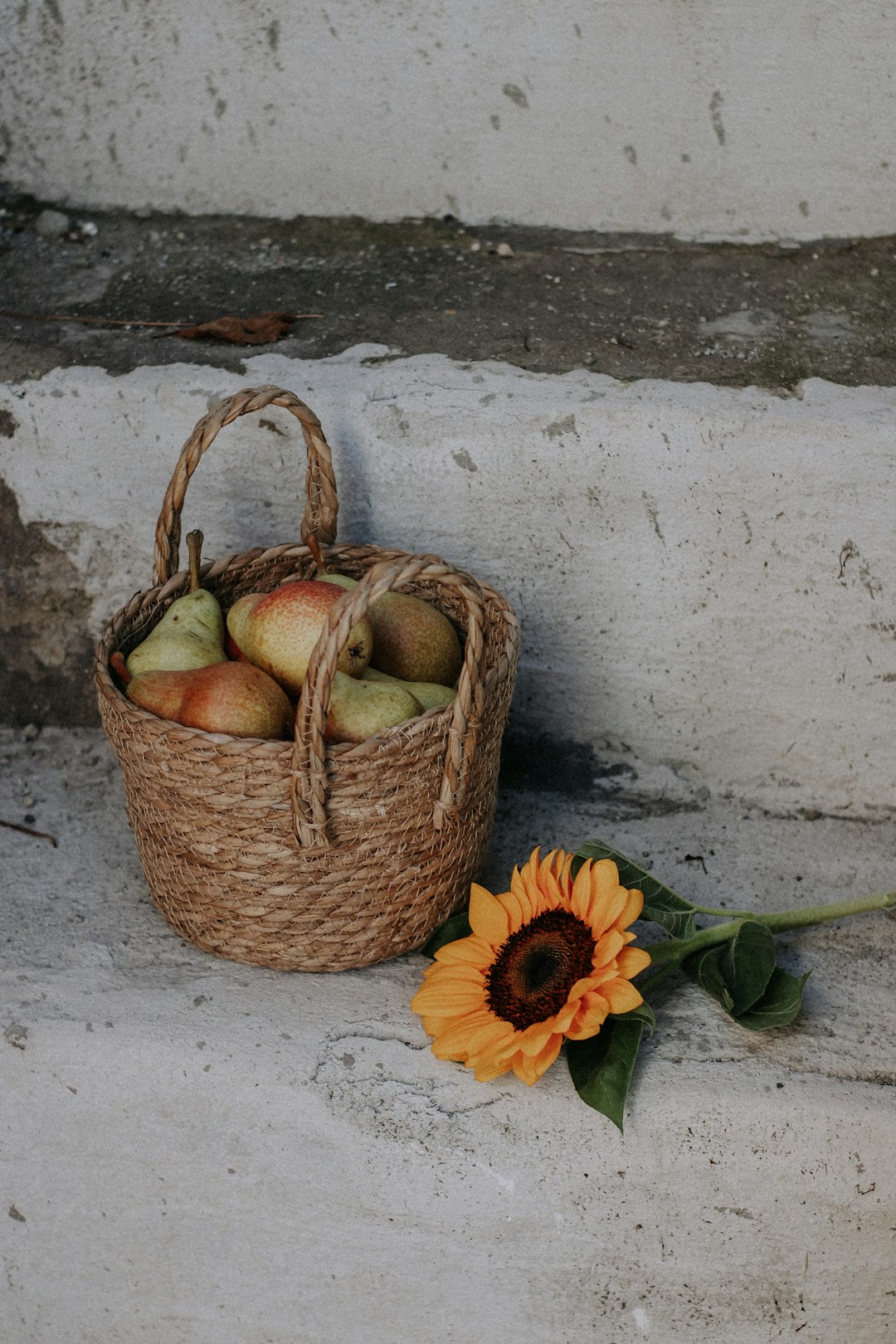In today’s rapidly evolving e-commerce landscape, multi-vendor marketplaces have emerged as a dynamic business model combining accessibility, diversity, and user engagement. When tailored to specific niches like food and gifts, these platforms not only cater to a passionate customer base but also open new revenue streams for independent sellers. Aspiring entrepreneurs or businesses seeking new growth avenues can turn this into a scalable and community-driven venture.
By building a trustworthy ecosystem that brings together gourmet artisans, small-scale producers, and curated gift makers, a food-and-gifts marketplace can differentiate itself through quality, authenticity, and emotional value. Here’s an in-depth look at promising ideas and essential considerations for launching a multi-vendor marketplace in this unique vertical.
The Core Value of Combining Food and Gifts
Food and gifts naturally complement each other due to their roles in celebration, hospitality, and personal connection. A marketplace that unifies these categories benefits from:
- Seasonal demand surges: Holidays, birthdays, anniversaries, and cultural events all drive product interest.
- Personalization: High potential for customizable offerings that strengthen emotional bonds between sender and receiver.
- Loyalty potential: Unique experiences increase repeat purchases and word-of-mouth referrals.
A well-designed platform allows buyers to explore thoughtful gift options while accessing fresh, high-quality local or artisanal food products. The convergence offers greater storytelling potential for brands and small creators—something mass-produced alternatives often lack.
Marketplace Concepts to Explore
Below are several niche concepts and ideas that can help shape your multi-vendor offering:
1. Local Artisan Basket Marketplace
Vendors offer region-specific gift baskets combining local delicacies, handmade chocolates, jams, teas, and more. Think farmers, pastry chefs, and crafters collaborating on themed collections.

2. Gourmet Subscription Boxes
Vendors can contribute to themed monthly boxes such as “Spices of the World,” “Cheesemonger’s Choice,” or “Sunday Brunch Treats.” Subscriptions ensure recurring revenue for sellers and convenience for buyers. Using a rotation system also gives exposure to less-known producers across different cycles.
3. Eco-Conscious Gifting Platform
Target environmentally aware consumers by offering eco-friendly packaging and locally-sourced or waste-reducing products. Vendors can be required to meet sustainability standards, creating a trusted green-conscious brand image.
4. Celebration-Centric Market
Birthday kits, anniversary bundles, or festive gift sets can include a mix of edible treats, floral arrangements, and hand-written card options. Let users filter by occasion and recipient type for ease and emotional relevancy.
5. Corporate Gifting Suite
Businesses often look for meaningful ways to recognize employee milestones or client relationships. Curated packages with branded options and luxury snack assortments make it easier for HR and procurement departments to find suitable gifts.

Key Features Your Platform Should Include
No matter which market niche is selected, your marketplace needs to ensure a seamless and secure experience for both vendors and customers. Some features to prioritize:
- Vendor Dashboards: With inventory management, order tracking, analytics, and customer messaging.
- Custom Bundling Tool: Allow shoppers to mix and match items from different vendors into one package when possible.
- Quality Assurance Protocols: Vetting procedures and a review system to maintain seller standards.
- Flexible Checkout: Support for multiple payment methods, dynamic shipping calculations, and recipient address management.
- Gift Options: Message customization, delivery date picking, and handwriting simulation for personal touches.
Building Trust and Brand Identity
A marketplace in this sector should market itself as more than just a shop; it’s a platform that supports small creators, celebrates craftsmanship, and respects dietary or cultural preferences. Invest in meaningful vendor stories, transparent sourcing policies, and aesthetic consistency across listings.
Photography and visual storytelling are crucial for food and gift items. Invest in tools or training for vendors to enhance presentation. Real-world impact stories, such as how a vendor expanded from a local farmer’s market to nationwide shipping, enhance credibility and human connection.

Closing Thoughts
As consumers increasingly prioritize authenticity, experience, and conscious consumption, a multi-vendor marketplace centered on food and gifts has notable market potential. Success depends on a commitment to quality, thoughtful design, and reliable vendor partnerships. With the right strategy, your platform can not only satisfy appetites but also create unforgettable moments through meaningful, well-curated gifts.











